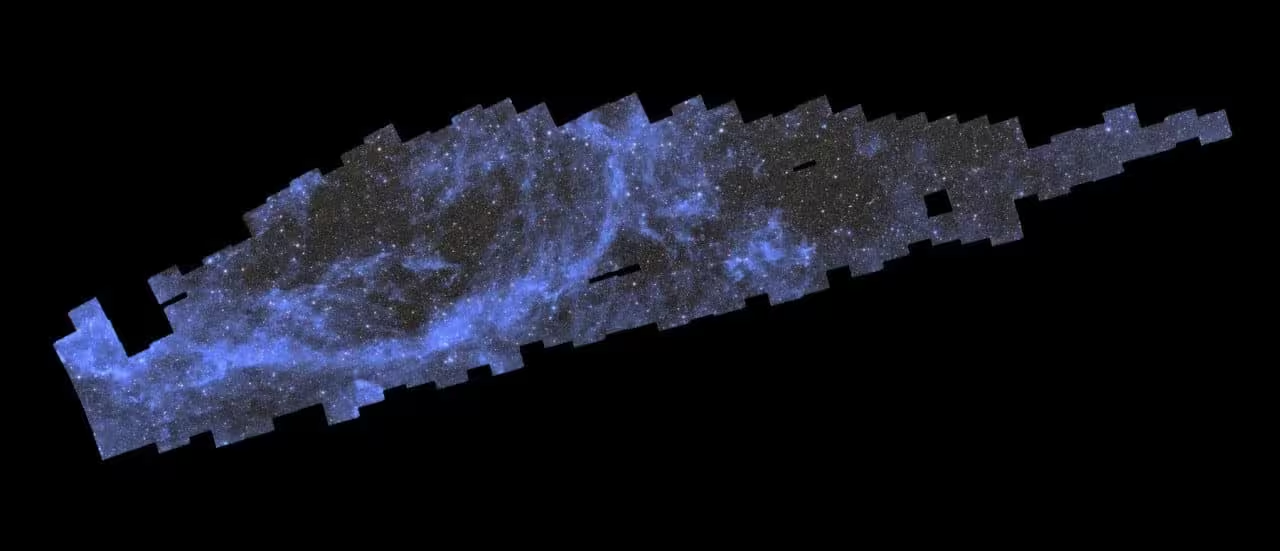There are approximately 100 million objects in the resulting images, and this is only one percent of future studies. Based on these pictures, scientists will create the largest three-dimensional map of the universe and even try to understand the nature of dark energy.
space telescope Euclid Since July 2023, it has been operating at the Lagrange point L2, one and a half million kilometers from the Earth, where a sphere of stability is created due to the balanced gravity of the Earth and the Sun. Already in November, experts published the first photographs taken by the observatory. It observes the universe in optical and near infrared ranges.
The main task of the mission is to create an atlas of the universe, for which a full-scale survey of the entire celestial sphere should be carried out within six years. On October 15, the European Space Agency shared the results of the first part of this massive study, consisting of a mosaic of 260 images. It covers an area 500 times larger than the area covered by the full Moon in the southern hemisphere sky.
100 million stars and galaxies are depicted on this “puzzle”. Scientists were impressed by the fact that it was possible to study the scale of space while also observing the smallest details, such as a star cluster near a distant galaxy. The overview of the universe from the Euclidean telescope is necessary for astrophysicists to fulfill one of the most important tasks of modern science: to understand what unknown dark energy is constantly expanding the universe and accelerating its expansion.
According to various estimates, it accounts for 68% to 74% of the mass-energy of the universe, or most of it. However, although there are plausible hypotheses, its nature is unclear. Astrophysicists hope Euclid’s research will lead to a better understanding of how dark energy works.
Meanwhile, the other 22% of the universe consists of dark matter, which is only known to have enormous mass and surrounds galaxies in invisible “cocoons.” Without it, there would be no galaxies; The stars couldn’t stay together. Their mutual attraction would not be sufficient even in the central supermassive black hole. And Euclid will be very useful in this regard, too: he can “see” how almost any mass distorts the fabric of space-time and creates an optical phenomenon called “gravitational lensing.”
This effect occurs when some background objects appear slightly stretched or shifted. For example, when a black hole follows a distant galaxy across the sky, that galaxy behind it stretches out in the shape of a horseshoe or even a ring. This is strong gravitational lensing. At the same time, according to scientists, dark matter works like a weak, barely visible lens and can be seen with a very sensitive telescope.













